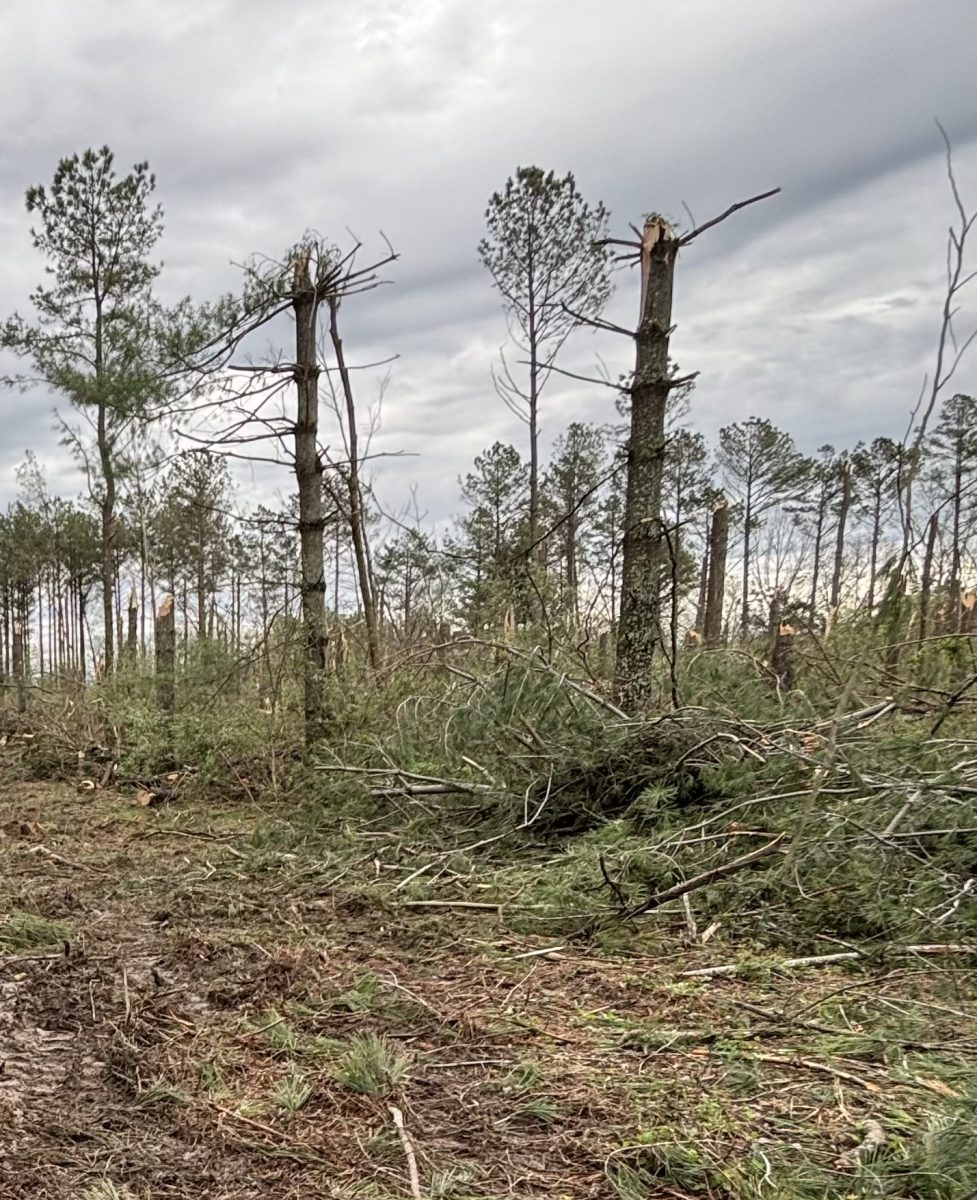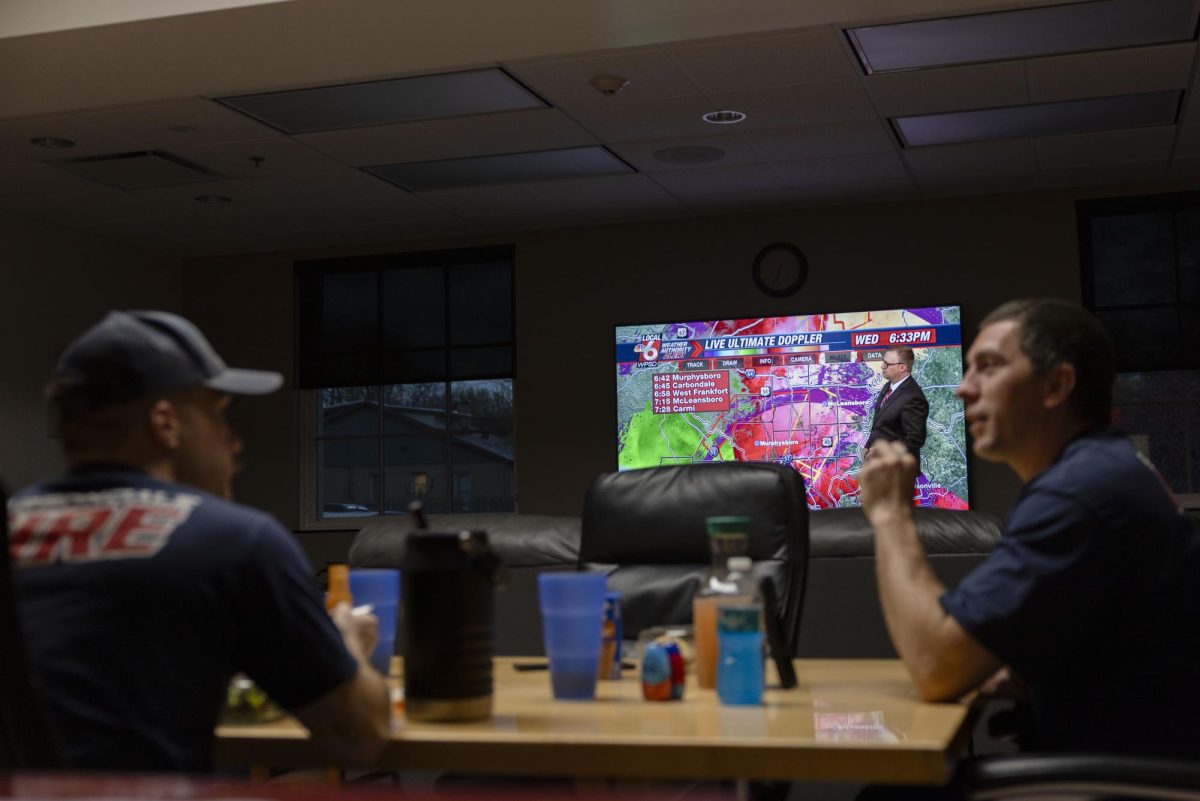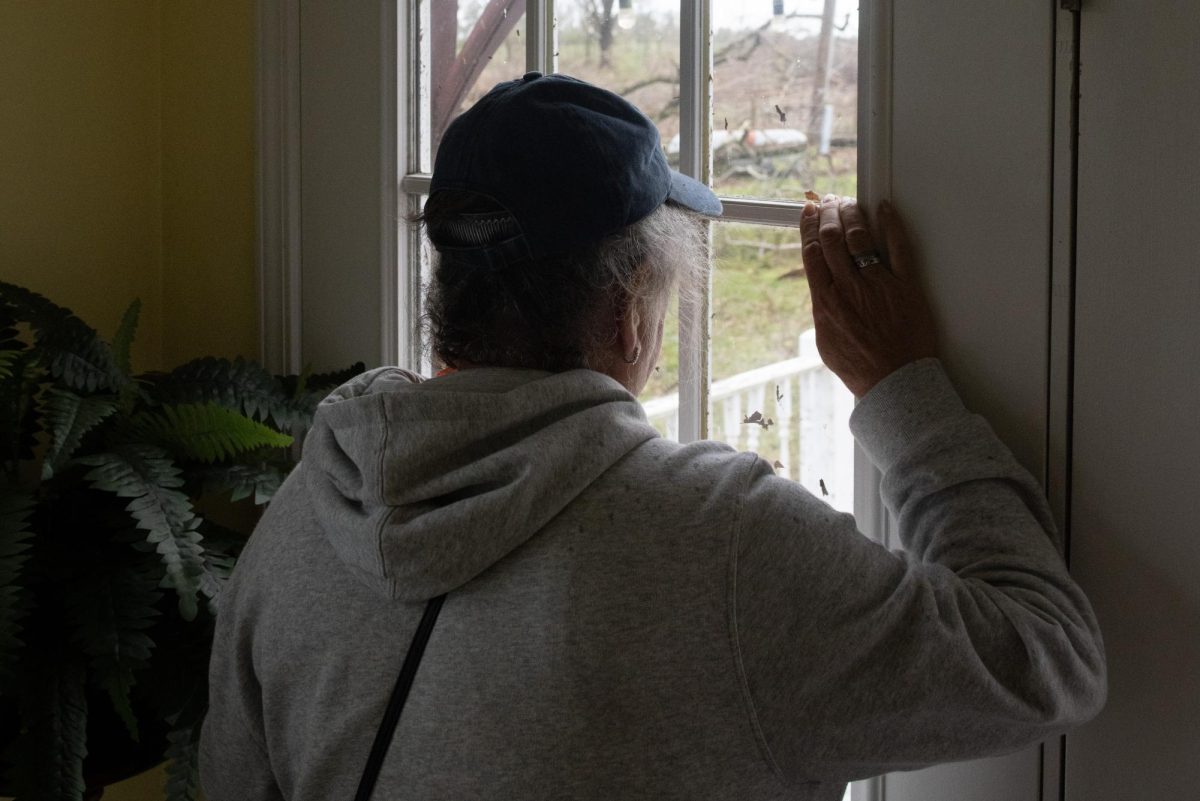University plans for drone cage at airport

November 30, 2015
Students may soon have the opportunity to step into a large enclosure designated to fly drones.
Southern Illinois Airport, where the university’s aviation school is located, plans to construct an unmanned aerial vehicle enclosure for education purposes, research and UAV testing, said SIUC alumnus Nathan Wambold. The university has requested a permit to fly drones and is developing a class in the aviation school to further support UAV use on campus.
Wambold used a camera mounted to a drone to create a video of SIU before the university announced outdoor UAV use on campus was prohibited by the Federal Aviation Administration. He said this created interest in the potential benefits of drone use on campus.
Advertisement
Wambold said he collaborated with the airport and aviation technology faculty to discuss how to bring UAV technology to southern Illinois.
He said Gary Shafer, Southern Illinois Airport Manager and visiting assistant instructor of Aviation Management and Flight, asked him to demonstrate UAV use to aviation technology students.
“There is great promise for economic development, research and education,” Wambold said.
If all goes according to plan, the Southern Illinois Airport will have a newly constructed designated drone zone on its property, Wambold said. Although they share the same space, the airport is a separate entity from the university’s aviation program.
The enclosure will use 50-foot telephone poles to connect drapes and golf netting. People may fly drones, with permission, inside of the roofed structure.
“Think of a batting cage on steroids,” Wambold said.
Andrew Craig, assistant instructor of aviation technologies, said UAV use inside the facility is allowed because the FAA has no jurisdiction over enclosures not in the national air space.
Advertisement*
He said he hopes the cage will eventually supplement a flying field. However, UAV use outside of an enclosed space is not allowed at this time.
“The FAA is not making this easy,” Wambold said.
According to FAA policies, educational institutions have to undergo an application process specific to the university, departments and programs.
“The industry is moving at a much quicker pace than what the government regulations have moved,” Craig said.
In the meantime, Craig said the FAA and Department of Transportation have proposed rules for individuals registering drones.
New drone owners may be required to provide their name and address to the FAA as early as this holiday season so they can be tracked and identified if needed for safety purposes, according to an article by the Washington Post.
“It’s a very hot topic right now,” said Craig, who predicts more rules and regulations will be established in the next year.
Nolan Fassett, a freshman from Geneseo studying aviation technologies, said part of his decision to come to the university was influenced by his interest in drones. Fassett, who owns a drone, said he thought the university’s aviation program would be one of the leaders in implementing drone use on campus.
Fassett said rules have to be put in place for drone use to continue, but admitted to pushing boundaries with his drone.
“When you buy a drone, you become a pilot,” Fassett said.
He said every person who uses the technology should have a good understanding of how it works.
Craig said he recently submitted course paperwork to begin an introductory drone class that covers history, rules and regulations.
The course will be open as early as summer intersession next year and Craig said access to the cage would benefit his coursework.
Craig said he is waiting for the university to finalize UAV-use policies to begin the class. He said the university is focused on risk management and insurance concerns.
In the meantime, plans for construction are underway. Craig said he hopes progress begins within the next few months.
Wambold said he is using his experience as a drone operator to work with consultants and get cost estimates for the project.
“It’s been a collaborative effort among a number of different parties: alumni, different departments, local politicians and developers, and in particular, the airport,” Wambold said.
He said in the future the facility may be used for testing, demonstrations, races or even rented out to the public.
“I want to see the university and region get on board with the opportunities that this industry can provide,” Wambold said.
Anna Spoerre can be reached at aspoerre@dailyegyptian.com or @ASpoerre_DE
Advertisement









